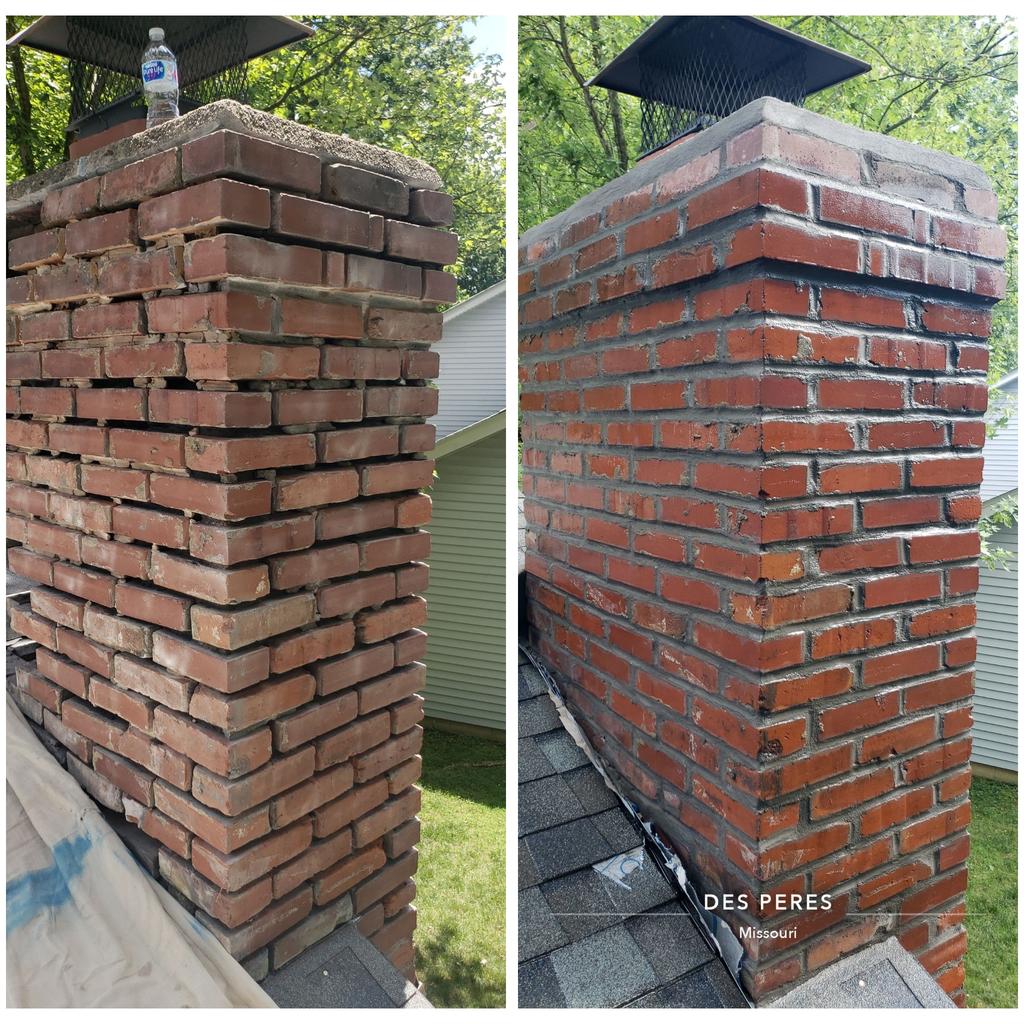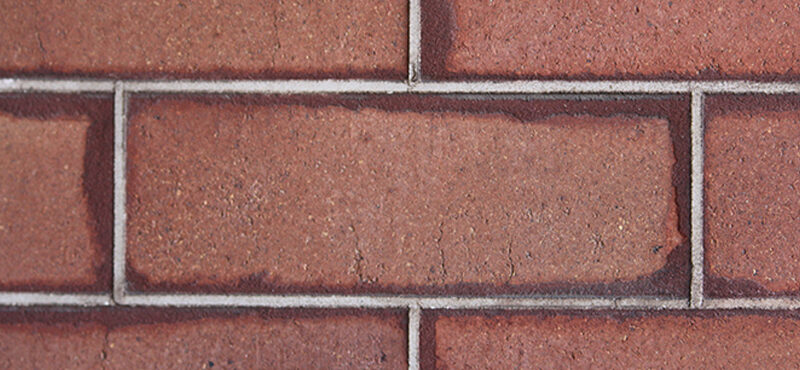Enhance the Charm and Resilience of Your Brickwork With Tuckpointing
Brickwork has actually long been esteemed for its ageless elegance and sturdiness. Over time, the mortar that holds those blocks together can weaken, leaving your framework at risk to damage and taking away from its visual allure. But concern not, for there is a remedy that can restore both the charm and toughness of your brickwork: tuckpointing. This age-old technique not only enhances the visual appeal of your brickwork, but likewise strengthens its structural stability. However what specifically is tuckpointing and just how does it vary from repointing? And just how can you ensure that your tuckpointed brickwork remains in pristine condition? In this discussion, we will certainly discover the essentials of tuckpointing, its advantages, the difference in between tuckpointing and repointing, the process itself, and the essential methods for preserving and caring for tuckpointed brickwork.
The Essentials of Tuckpointing
Tuckpointing is a skilled strategy made use of to improve the look and fix and structural honesty of brickwork. It includes the process of getting rid of deteriorated mortar joints and replacing them with fresh mortar. The term "tuckpointing" describes the technique of utilizing two various colors of mortar to produce the illusion of great joints, giving the brickwork an extra refined and cosmetically pleasing appearance.
The very first step in tuckpointing is to carefully analyze the condition of the brickwork. This entails examining the mortar joints for indicators of degeneration, such as cracking, falling apart, or missing out on mortar. When the problem areas have actually been determined, the old mortar is meticulously eliminated making use of specialized tools, such as a mill or sculpt, while ensuring that the blocks themselves remain intact.
After the old mortar has been removed, the following action is to prepare the joints for fresh mortar. This normally involves cleaning any kind of debris or loose material and wetting the joints to ensure correct adhesion. Then, a knowledgeable tuckpointer uses a directing trowel to meticulously fill the joints with fresh mortar, making certain to create a consistent and flush surface.
Advantages of Tuckpointing
Improving both the durability and appearance of brickwork, tuckpointing offers several notable advantages for home owners and residential or commercial property owners alike. By changing deteriorated mortar joints, tuckpointing prevents dampness from permeating right into the brickwork, which can lead to structural damage over time.
Over time, mortar joints can end up being broken, discolored, or blemished, detracting from the overall look of the brickwork. Tuckpointing includes very carefully getting rid of the damaged mortar and changing it with fresh mortar of a different color.
In enhancement to enhancing the long life and appearance of brickwork, tuckpointing can additionally enhance the worth of a building. Well-kept brickwork is viewed as a desirable attribute by potential purchasers and can significantly improve the aesthetic appeal of a building. This can cause a greater selling cost and a quicker sale when the moment involves put the building on the market.
Tuckpointing Vs. Repointing: What's the Difference?

To compare tuckpointing and repointing, it is vital to recognize the vital distinctions in between these two methods of brickwork restoration. While both techniques intend to keep the architectural stability and aesthetic appeal of brickwork, they vary in their strategy and implementation.
Tuckpointing is a careful process that involves using 2 various colors of mortar to create the illusion of fine joints. This strategy is largely utilized to improve the visual allure of brickwork by producing the appearance of well-crafted and properly maintained joints. The colored mortar is thoroughly applied and formed to match the color and account of the initial mortar, giving the impact of accuracy and craftsmanship.
On the various other hand, repointing is a much more simple process that entails eliminating worn-out or damaged mortar from the joints and replacing it with fresh mortar. The primary objective of repointing is to bring back the structural honesty of the brickwork by making sure appropriate bonding and sealing in between the bricks. Unlike tuckpointing, repointing does not involve making learn the facts here now use of tinted mortar or the development of an ornamental effect.
The Refine of Tuckpointing
The application of two various colors of mortar to develop the illusion of great joints is a meticulous procedure known as tuckpointing. This method involves eliminating deteriorated mortar joints and replacing them with brand-new mortar to improve the look and architectural stability of the brickwork. The procedure of tuckpointing can be split right into several actions.
First, the old mortar is thoroughly removed using specialized tools such as grinders and knives. It is important to eliminate the mortar to an adequate depth to make sure a strong bond with the brand-new mortar.
Following, the joints are thoroughly cleaned up to get rid of any particles or dirt. This helps to develop a clean surface area for the new mortar to stick to.
Once the joints are cleaned, a slim layer of brand-new mortar is related to the joint utilizing a little directing trowel. This first layer, recognized as the "aiming up" mortar, is normally the same color as the existing mortar.
After the preliminary layer has been applied, a second layer of mortar is used in addition to it. This 2nd their website layer, called the "fillet" mortar, is a different shade and is thoroughly formed to develop the illusion of a fine joint.

Caring and maintaining for Tuckpointed Brickwork
Once the tuckpointing process is completed, correct upkeep and treatment are crucial to preserve the boosted charm and durability of the brickwork. This maintenance not only makes sure that the tuckpointed areas continue to be undamaged and functional yet also helps to avoid any kind of potential damage to the general structure.
One of the key elements of maintaining tuckpointed brickwork is regular cleansing. This involves getting rid of any kind of dust, debris, or moss that might build up on the surface area of the blocks. A soft brush or a low-pressure power washer can be made use of for this purpose. It is very important to prevent using any harsh chemicals or rough tools that might potentially damage the mortar or the blocks themselves.
Along with cleaning, it is vital to check the tuckpointed locations periodically. This enables for the very early discovery of any type of signs of wear and tear or damage. Any splits, loosened mortar, or indicators of water damages need to be resolved without delay to stop additional deterioration.
Moreover, making sure appropriate drainage around the brickwork is essential. Water pooling or incorrect drain can bring about moisture infiltration, which can compromise the mortar and cause architectural damages. site link Clearing rain gutters and downspouts regularly and making certain that they are effectively routed far from the brickwork can help prevent these concerns.
Finally, it is recommended to talk to an expert tuckpointing service provider for normal repair and maintenance. Their competence and experience can make certain that any type of required fixings are done properly, preserving the integrity and longevity of the tuckpointed brickwork.
Conclusion
Finally, tuckpointing is an useful method for enhancing the charm and resilience of brickwork. It supplies many advantages, such as boosting the architectural honesty of the stonework and preventing wetness infiltration. Tuckpointing includes the elimination and substitute of shabby mortar, resulting in a uniform and clean look. By effectively caring and keeping for tuckpointed brickwork, home owners can guarantee its long life and remain to appreciate its aesthetic charm.
It entails the process of removing worn-out mortar joints and changing them with fresh mortar. Raul's Tuckpointing St. Louis MO.After the old mortar has actually been gotten rid of, the next action is to prepare the joints for fresh mortar. Tuckpointing involves carefully eliminating the harmed mortar and replacing it with fresh mortar of a contrasting shade. The tinted mortar is thoroughly used and formed to match the shade and profile of the original mortar, offering the perception of precision and craftsmanship
